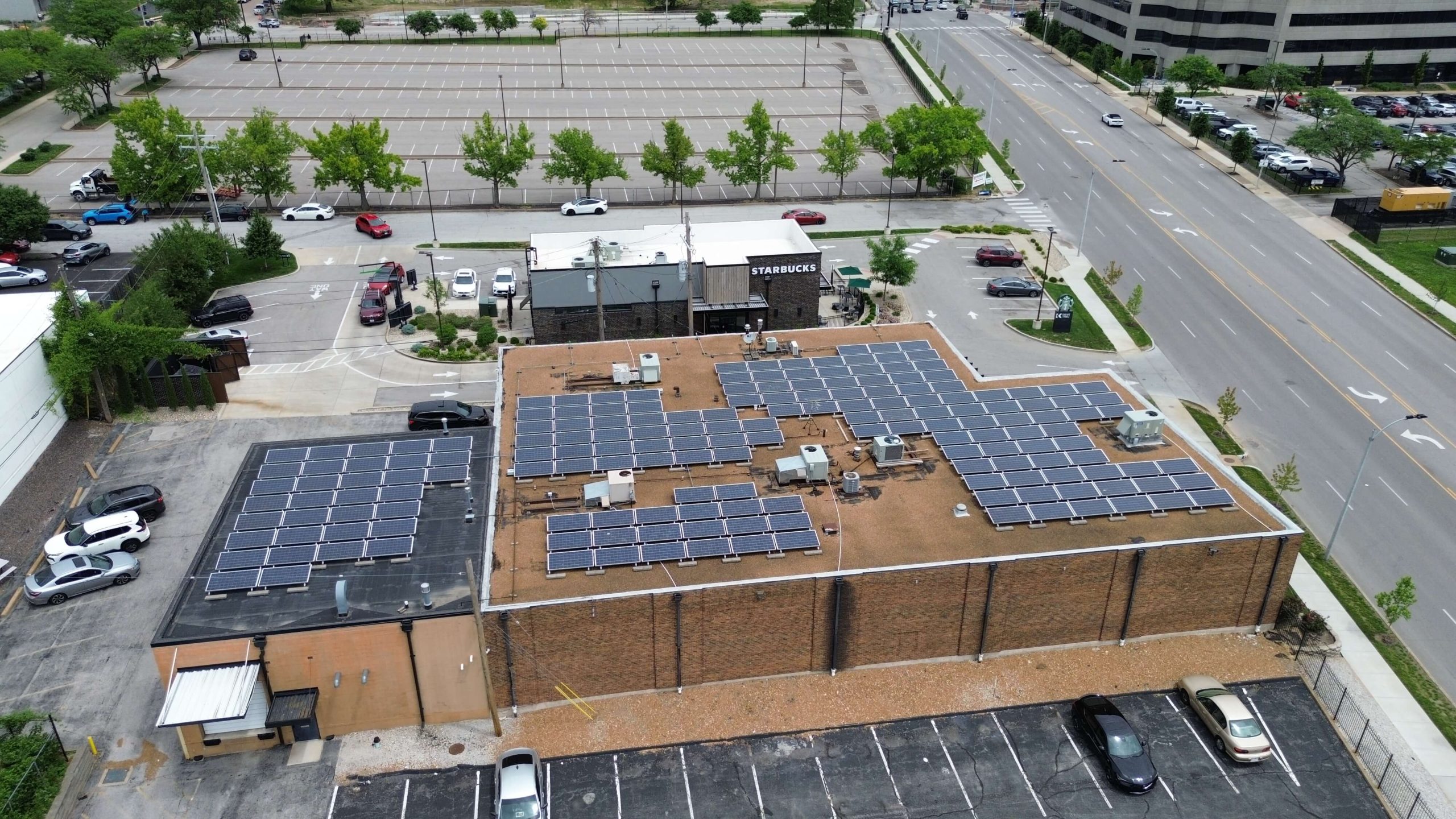Non-profit organizations play a crucial role in addressing social, environmental, and economic challenges. As these organizations strive to maximize their impact, adopting sustainable energy solutions like solar power can be a game-changer. Solar energy offers non-profits a range of benefits that not only enhance their operational efficiency but also align with their mission to create a better world. Here’s how nonprofits can leverage solar to maximize their impact.
1. Cost Savings and Financial Stability
One of the most compelling reasons for non-profits to adopt solar energy is the potential for significant cost savings. By generating their own electricity, nonprofits can reduce their reliance on expensive grid power and allocate more resources to their core mission.
Lower Energy Bills: With solar panels, nonprofits can produce their own power, significantly reducing electricity costs, especially in areas where energy prices are high.
Return on Investment (ROI): After the initial installation, solar energy systems typically pay for themselves over time through savings on utility bills. This financial stability allows non-profits to focus on their programs and services.
Increased Property Value: Properties with solar installations are often valued higher, providing long-term financial benefits should the non-profit decide to sell or lease the property.
2. Access to Grants and Incentives
Non-profits can take advantage of various financial incentives, rebates, and grants to reduce the upfront costs of solar energy systems. These incentives make the transition to solar even more attractive and affordable.
Investment Tax Credit (ITC): While non-profits cannot directly claim the ITC, they can benefit indirectly through third-party ownership models such as Power Purchase Agreements (PPAs) or solar leases. In these arrangements, the third-party owner claims the tax credit and passes on the savings to the non-profit through reduced energy costs.
Direct Pay: Nonprofits can benefit from direct pay provisions, which allow them to receive a payment equivalent to the ITC, making solar installations more financially viable.
Grants and Subsidies: Various regions offer grants or subsidies to help offset the cost of installing solar energy systems. Nonprofits can apply for these grants to support their sustainability initiatives.
Financial Rebates: Nonprofits can benefit from rebates offered by local utilities or government programs, further reducing the upfront costs of solar installations.
These financial incentives make solar energy even more cost-effective, allowing non-profits to reduce their energy costs while receiving government support for their environmental initiatives.
3. Enhanced Sustainability and Community Impact
As concerns over climate change continue to grow, nonprofits are under increasing pressure to reduce their environmental impact. Solar energy is one of the most effective ways to enhance sustainability efforts and demonstrate a commitment to environmental stewardship.
Green Credentials: By adopting solar energy, nonprofits can reduce their reliance on fossil fuels, making their operations more eco-friendly and contributing to a cleaner environment. This can be a powerful selling point for environmentally-conscious donors and supporters.
Reduction of Greenhouse Gas Emissions: Solar power generation does not emit harmful greenhouse gases, making it a key solution for reducing pollution. By switching to solar, nonprofits can reduce their contribution to global warming and air pollution.
Community Engagement: Nonprofits adopting solar energy can inspire and educate their communities about the benefits of renewable energy. This can lead to increased community support and involvement in sustainability initiatives.
4. Energy Independence and Reliability
Solar energy systems offer a unique level of energy independence that traditional power sources simply cannot provide. Nonprofits can minimize disruptions caused by power outages, energy price fluctuations, and geopolitical tensions that affect the global energy market.
Reduced Dependence on the Grid: By generating their own power, nonprofits can become less reliant on external utility providers, leading to more predictable energy costs and a more resilient energy strategy.
Energy Security: Solar energy helps insulate non-profits from energy price fluctuations, ensuring greater financial stability in the long term.
Backup Power Options: Combining solar energy with energy storage solutions (like batteries) provides a backup power source, ensuring non-profits stay operational even during power outages.
This enhanced reliability and security can be a game-changer, especially for non-profits in regions where power outages or energy supply disruptions are frequent.
5. Operational Efficiency and Long-Term Reliability
Solar energy systems are low-maintenance and designed to last for decades, making them an excellent long-term investment for non-profits looking to boost operational efficiency and reduce the risk of energy-related disruptions.
Low Maintenance Costs: Once installed, solar panels require very little maintenance, which helps keep operational costs low. The majority of systems come with warranties that guarantee their performance for 20-25 years.
Improved Operational Efficiency: Having access to reliable, consistent energy means non-profits can run their operations more efficiently without worrying about fluctuating energy costs or power interruptions. This is particularly crucial for organizations where consistent energy supply is essential for their programs and services.
Technological Advancements: Solar technology continues to evolve, making systems more efficient and cost-effective over time. As these advancements become more widely available, non-profits investing in solar today can benefit from the continued development of energy solutions.
Conclusion: The advantages of solar energy for nonprofits are clear and compelling. From cost savings and access to grants to improved sustainability and energy independence, solar power offers a wide range of benefits that can enhance a nonprofit’s financial performance, operational efficiency, and community impact. As non-profits continue to face pressures from both financial and environmental concerns, switching to solar energy presents an opportunity to take a leadership role in the clean energy transition while reaping long-term rewards.
Investing in solar energy is not just a smart financial decision; it’s also a forward-thinking approach to a more sustainable and resilient future for non-profits.

